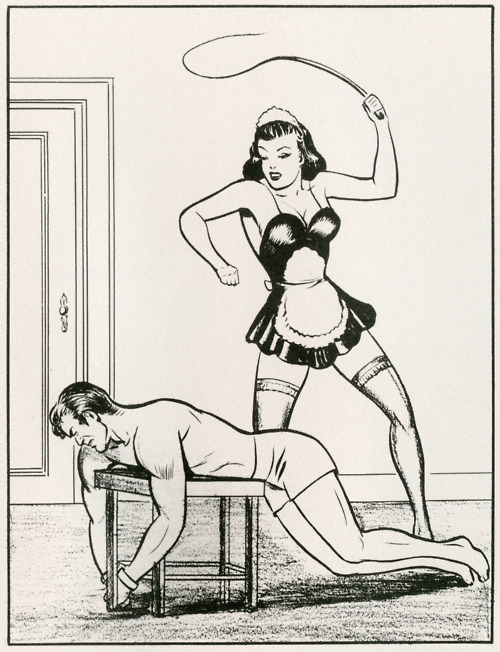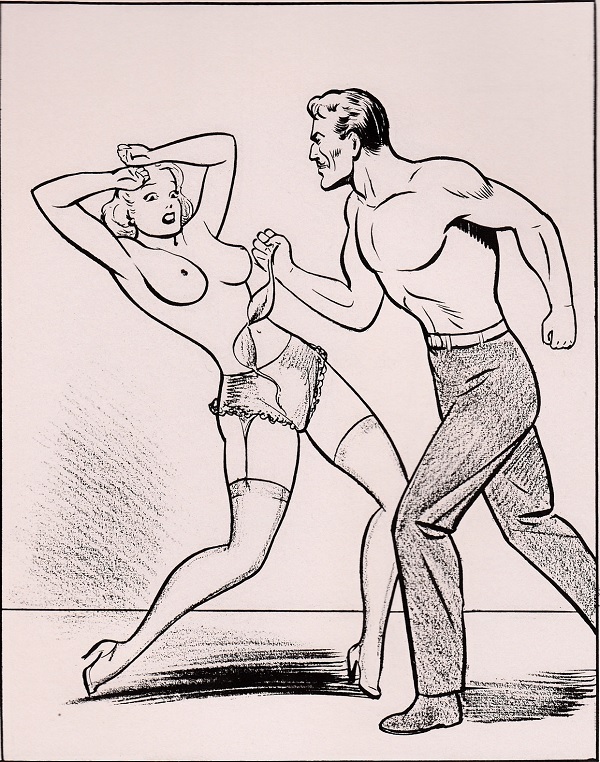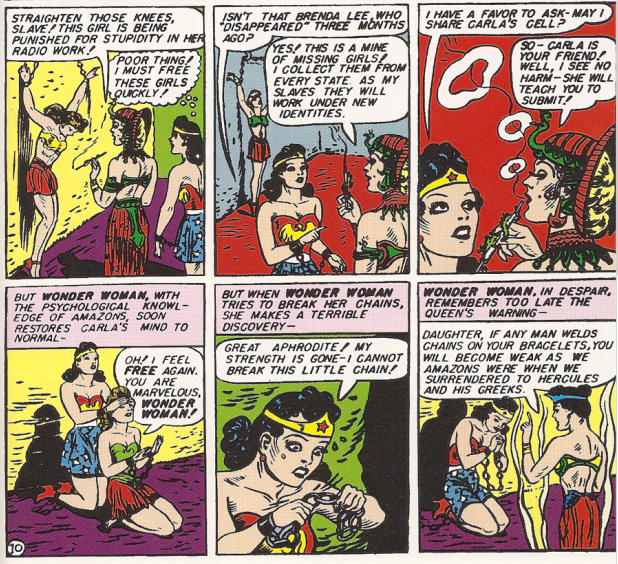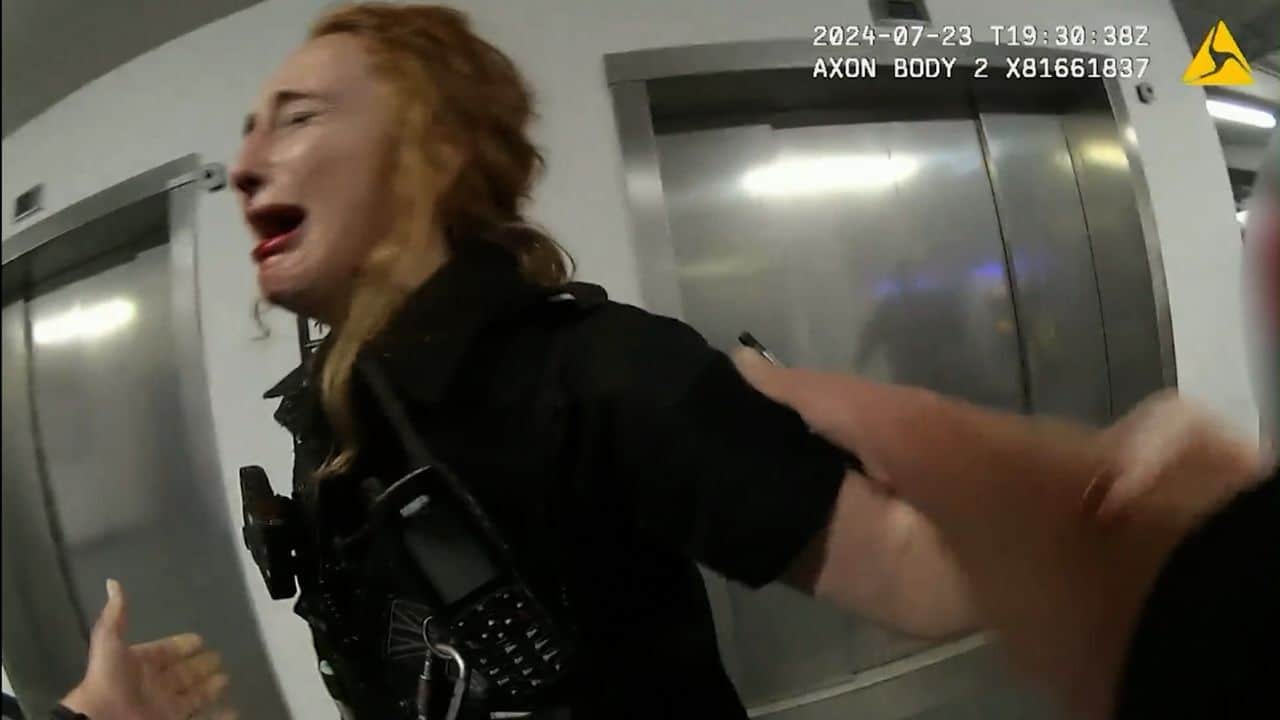
It’s not long now until the latest Superhero smash up movie, Man of Steel, hits our screens, and with Zack Snyder and Batman-maestro Christopher Nolan at the helm, it’s probably going to be the only film about a man who wears red pants over a blue morph suit worth watching this summer.
A big issue Snyder and Nolan felt they had to tackle was the idea of Superman being, well, super. He’s faster than a speeding bullet and he can probably kill you twenty different ways in the blink of an eye, and yet he’s the biggest Boy Scout this side of Mr. Rogers. Nolan’s way of getting round this was to focus on the struggle Clark Kent has to undertake fitting in as the only one of his kind on the planet, which is fun and all but also what Mac and Me was about — and really, how can you improve on a classic?
☛ Read This: Superheros Getting CRUNK
But the story of Superman is far from family friendly, once you start digging a little bit deeper. A big issue with comic book characters is who exactly owns the rights to the property; it’s part of the reason Alan Moore doesn’t get any money for all the chumps wearing Guy Fawkes masks because they’re all individuals, and why things like this are allowed to happen. And back in 1932, when Superman first hit the newsstands, his creators, Jerry Siegal and Joe Shuster, were happy just to have a steady paying gig, taking a wage from DC Comics who had published the comic in return for ownership of the character.
Obviously, once Superman started to appear on television, and alongside Batman in comics that were making DC big dollar, they realised they’d been stiffed badly. The whole sorry story of Siegal and Shuster VS DC is something that is still rattling around today, but after the pair failed to reignite their former success with the (pretty lame) hero Funnyman, Shuster dropped out of the limelight.
☛ Barbie Gets Involved: Murder, Bondage and Dildos: Barbie is Sick
At least, that’s the official tagline. However, with the unearthing of a pulpy booklet series from the ’50s, Nights of Horror, came a new angle on the whole story. Shuster’s work in comics was effectively dead and gone, but in order to make a living, the artist had begun illustrating stories of bondage and torture for a rather different market than that of the Blue Bolt. These stories were largely excuses for large pictures of women and men being whipped, stripped, and generally abused for the delights of perves everywhere. The kicker? The illustrations bear more than a passing resemblance to Shuster’s work, with many of the truncheon-wielding men featured looking like sweaty, masochistic doppelgangers of his iconic take on Superman.

Stories varied only slightly, with detectives being drawn into tales of dope pushers and racist Fu-Manchu-like depictions of the Chinese, and weird Amish sex cults. When the magazine came to the attention of the New York authorities, it was quickly used as an example of the filth available on the streets, and banned outright. Shuster’s work — in any form — was finished.

It’s a sad end to the career of a man whose greatest creation is primed to make millions this summer, though isn’t the only instance where your favourite childhood figures have been tragically linked to your own dirty, perverted, cheerless adult self. Next time you’re bored have a look into why Wonder Woman’s creator had her tie victims up with a golden lasso. Filth.
















